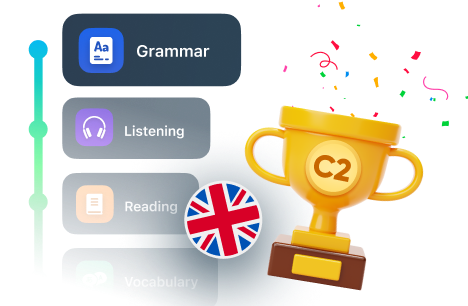
When and how to use the first, second, and third person with examples
The first, second, and third person are different grammatical perspectives. These points of view help distinguish between the speaker, addressee, and others.
First person point of view
The first person is generally considered the easiest point of view to understand. It’s when you’re talking about your perspective, yourself, and your life. In the singular form, the subject pronoun is “I,” and in the plural form, it is “we.” You can use I, me, my, mine, myself, to refer to things in the first person and us, our, ours, and ourselves to talk about the first-person plural.
Example:
I want to go out today, we should go to the cinema.
Second person point of view
This perspective is all about the word “you.” When talking to another person, we must use the second person. This also applies when addressing a group of people when you should use the second-person plural. Unlike in many other languages, the second person in English is the same in its singular and plural forms. Pronouns you need to use this perspective correctly are you, yours, yourself/yourselves.
Example:
Are you going to have dinner? You should take some food up to your room.
Third person point of view
We use this point of view when talking about someone or something but do not directly address that person or thing. The subject pronouns are he, she, it, and they. Other useful pronouns for the third person include him/her, his/her, its, them/their, among others. Many novels are written in the third person, where the author creates a fictional main character and narrates their life from an outside perspective.
Example:
Fred thought it would rain, so he suggested they all take an umbrella with them to school.
First person to talk about oneself
We should always use the first person to discuss our point of view. So what does it mean to talk about oneself in the third person? It means they use their name or he/she instead of the pronoun “I” as if they were somebody else. This type of speech, known as illeism, is used in literature but is generally perceived as strange if used in day-to-day life unless used for comedic effect or emphasis.


















